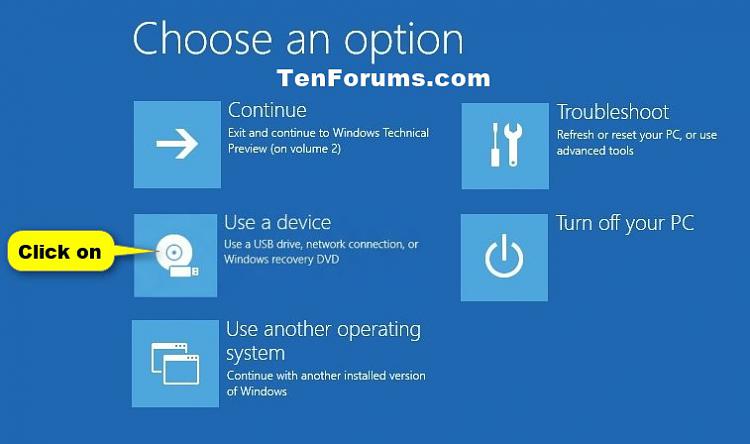
After that, select the USB drive from the drop-down menu. From here, use the browse button (i.e., to the right of the "Image File" field) to select your ISO file and the version of Windows you wish to clone onto the USB stick.

Now you can connect a blank USB to your computer and launch WinToUSB. Go to the official website of WinToUSB and download it into your system.Ģ. So in this guide, we will explain how to create a Windows Live USB on different versions of Windows such as Windows 10, Windows 7, Windows 2016, Windows 2019, etc. To get a later version of Windows (Windows Server 2019) to work, you will have to pay $29.95 for the Professional version of WinToUSB. There is a small caveat, but the free version of the program only supports Windows 10 versions 1803 (April 2018 release) and lower (Windows 2016, Windows 7). We are going to use WinToUSB, which has a free version of the program. All you need is a 16GB (recommended 32GB+) flash drive and a license to activate Windows on the USB.įirst of all, you will need to get a Windows ISO file with the version you require for your system. There is great functionality in having a fully working version of Windows that you could boot from any computer on something as small as a USB flash drive (Windows Live USB), and today we will show you how to do it. If you have multiple internal hard drives, you can select a different hard drive from the one running macOS and create a single partition on that drive to use solely for Windows.List of content you will read in this article:


This process may take a long time to complete (you can click the Stop button to interrupt this process).Īt the Create a Partition for Windows step, specify a partition size by dragging the divider between the macOS and Windows partitions.

The Windows files are copied to the USB drive. This process may take a long time to complete (you can click the Stop button to skip this process).Īt the Select Tasks step, select all the tasks, then click Continue.Īt the Create Bootable USB Drive for Windows Installation step, choose the Windows ISO image and the USB drive, then click Continue. Older Time Machine snapshots and cached iCloud files are removed to make space for Boot Camp. The system is checked for total available disk space. On your Mac, open Boot Camp Assistant, located in /Applications/Utilities.Īt the introduction screen, click Continue. Important: If you’re using a Mac notebook computer, connect it to a power source before continuing.Ĭonnect an external USB drive or insert a flash drive into the USB port on your Mac keep it connected or inserted while you install Windows and the Windows support software.


 0 kommentar(er)
0 kommentar(er)
